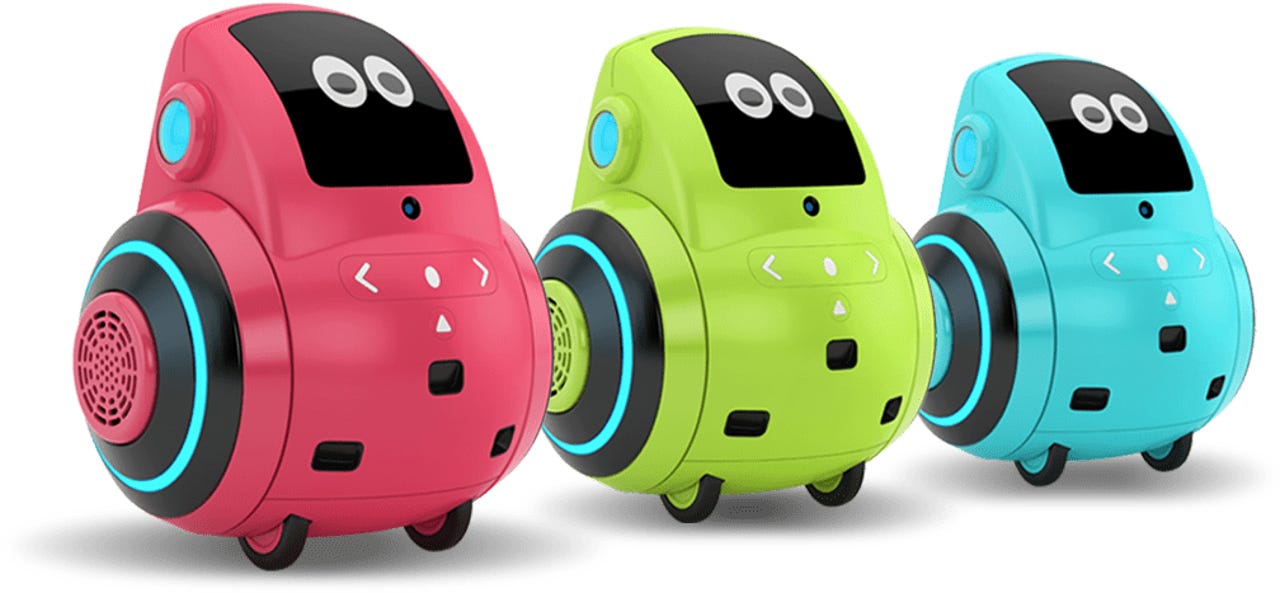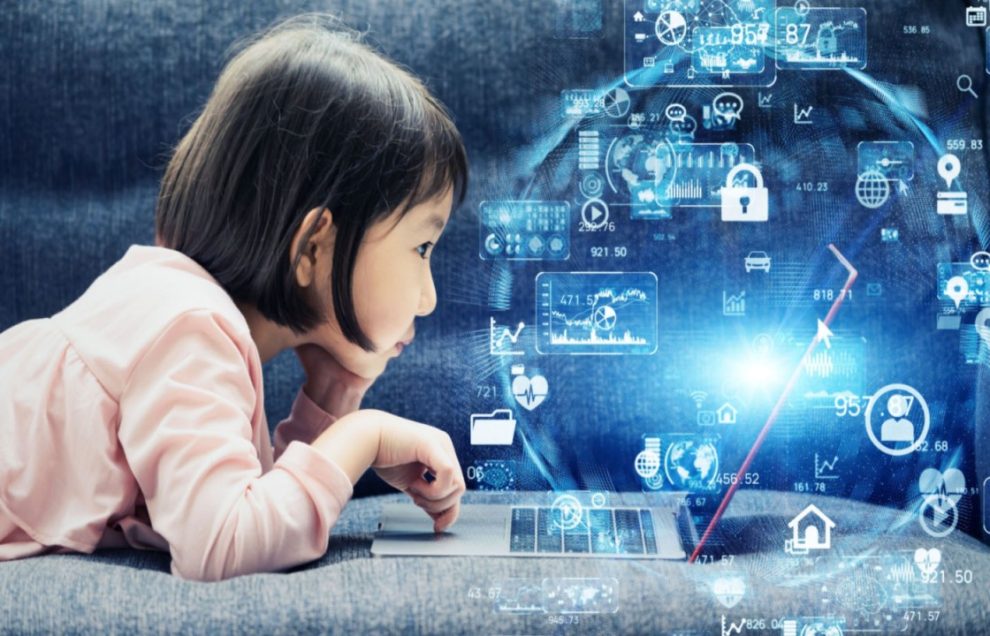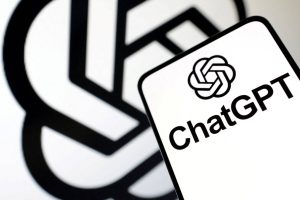Once upon a time, toys were simple playthings like dolls, cars and blocks. They offered fun diversions and helped develop basic skills in children. But toys have come a long way since then. Today, AI-powered toys are promising personalized learning, immersive experiences and even bonding through technology-enabled play.
As AI makes historic leaps forward, its potential applications in early education are captivating innovators and educators alike. Could AI tools like ChatGPT revolutionize how our children play and learn? As we’ll see, AI brings enormous opportunities but also risks we must carefully navigate.
The Rise of Smart Toys Powered by AI
AI has infiltrated children’s bedrooms and playrooms through smart toys and robotic companions. These are no longer just programmed playthings; they utilize machine learning to actively engage with and respond to children.

For instance, Miko is an emotive robot friend that recognizes children’s moods and has natural conversations with unique personalities. The Osmo coding system uses physical blocks to trigger coding puzzles and games on a tablet, bridging digital play with tactile learning.
Such AI integration offers significant benefits for early education:
- Personalized learning paths match activities to children’s interests and pace
- Immersive stories and games make academics like math and science fun
- AI companions provide judgment-free support for vulnerable children
In essence, AI turns play into a more adaptive, personalized and bonding educational experience.
ChatGPT: The Code Whisperer Captivating Developers
ChatGPT took the world by storm with its human-like conversational abilities. But it also possesses an uncanny knack for writing code just by translating natural language prompts.

Without needing specialized languages or syntax, ChatGPT can generate complex, working programs on demand. Even seasoned coders are amazed by its ability to produce algorithms and scripts that would take humans far longer.
Could this digital word weaver find a place in education, helping students and teachers create software? The implications are highly promising:
- Allow students to bring coding ideas to life just by explaining concepts to ChatGPT
- Automate repetitive coding tasks for teachers so they focus on creativity and critical thinking
- Make coding more accessible and engaging for all ages and skill levels
In the hands of responsible educators, ChatGPT could become an immensely useful asset for making coding education more creative and personalized.
Playing Smart: The Need for Caution and Vigilance
But we must be careful not to unleash risks alongside all this technological promise. AI-enabled toys and tools come with significant challenges we cannot ignore.
For one, biases in training data can propagate harmfully into smart toys, such as perpetuating gender stereotypes. Overuse can also stunt essential skills like social interaction, self-direction and imagination.
There are thorny ethical issues too regarding privacy and consent when collecting data from children interacting with AI companions. And handing excessive influence over learning to algorithms threatens human agency and oversight.
So how can we encourage responsible innovation in AI for early education? Three vital actions are needed:
- Mandate bias detection in training data to prevent discrimination
- Set guidelines on screen time and social interaction to supplement AI tools
- Enact and enforce strong legal protections on children’s data privacy
With vigilance, care and responsible oversight, we can help steer AI in children’s education as a force for social good rather than an instrument for unintended harm.
The Harmonious Future of Education: Humans and AI Together
The ideal future role of AI in early learning is not as replacement for teachers or traditional methods. Instead, the most promise lies in skillfully integrating AI tools to complement and enhance human-led education.
Used judiciously under teacher supervision, ChatGPT can aid co-creation of lessons uniquely tailored to how each student learns best. And smart toys can build upon imaginative play rather than substituting for it.
The symbiotic relationship between educators and AI technologies will allow both to excel in their respective strengths – human judgment, emotional intelligence and creativity combined with AI’s personalization, interactivity and capacity to make learning delightfully fun.
So while reasonable precautions are needed, AI enables a new world of possibilities for inspiring children’s wonder and joyful investigation. The future of early education can harmoniously synthesize emerging tech with timeless human values. And by balancing innovation with responsibility, our playgrounds and classrooms will resound with the laughter and dreams of children learning together through play.













Add Comment